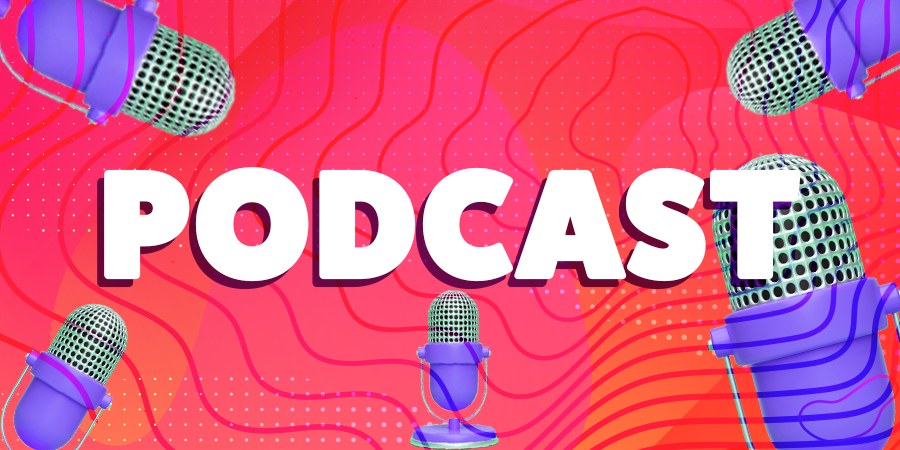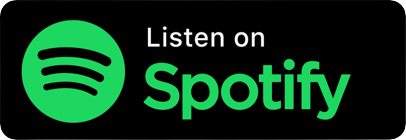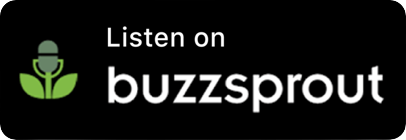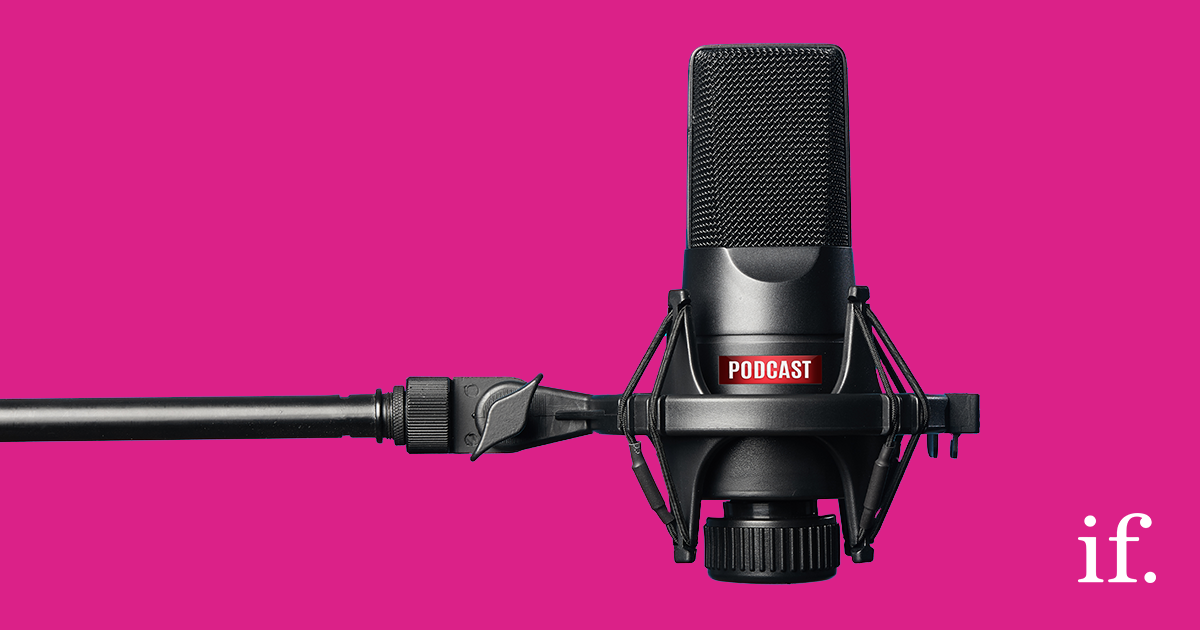Episode 23: Fiction or Friction
As the world changes, everyone is reconsidering touchpoints and changing their behaviours – in both reality and virtually. Yep, marketers, you need to think about your digital touchpoints and sort out your customer journey on social.
In this episode of Serious Social, Associate Director, Belle Lawrence, explains why.
If you’re after more know-how to break the social boring, subscribe now.
Full Transcript
Welcome to the Serious Social podcast, created by the straight-talking social media experts at immediate future.
In this episode, we’re helping you to understand why you need to sort out your customer journey and rethink your digital touchpoints.
Welcome to Serious Social – I’m Belle Lawrence.
We all know the world of work is changing. Many of the UK’s workforce has been, and is still, working at home – including the IF team, but what happens when we return to offices. I saw a piece from the BBC this week about workers returning to an office – it tells us Laila’s story –
Laila arrives at her office building at 7am. Start times at the company where she works are staggered to minimise the number of people arriving at the same time.
On the ground floor, Laila pauses in front of a thermal body scanner to check her temperature is normal. Today it’s 36.5C. She passes. A camera, used for facial recognition, identifies her as a staff member and a security barrier opens. At no point does she touch anything. Laila is on a contactless pathway.
The lift to her office on the fourth floor is voice-activated. Touchless technology has replaced grubby buttons.
What’s all this got to do with social? Well, firstly, I totally acknowledge that this story won’t be the same for everyone – the changes to work and living are going to be different for all, but it did call to mind two points that social media marketers should be considerate of.
First – the behaviour of your audience has changed and will continue to change. We’ve said it many times before, but if you’re not actively listening and monitoring what’s going on out there, the content you produce will fall very flat.
Additional to this, though, it certainly used to be the case that if brands wanted to reach an audience who commuted to work – perhaps because they make a breakfast bar or headphones, they’ll sometimes do this by timing the release if their adverts. A bit like choosing the Drivetime slot if you book radio space, we can schedule ad sets and release content organically at set times designed to hit our consumers. BUT – if working from home, flexible hours and shift patterns are disrupting this, then you might have to be smarter about your content and call-to-action because you’re now competing with EVERYTHING online… more than you were before!
If you are listening, of course, you’ll understand your audiences needs and desires, and how you can play into the moments during their day which will make your brand relevant to them.
The second thing which turned my head, as the frictionless journey that our fictional character went on. For health reasons, we’re encouraged not to touch anything now, to sanitise our hands frequently, and of course, we’re seeing more and more transparent plastic popping up in our shops and offices – touchpoints, literally, are removed.
As digital marketers, we should all be very aware by now that consumers will have multiple digital touchpoints on their journey interacting with our brands. And I think we’d all agree that their journey should be as frictionless as possible – attention spans are short and anything which stops users in their transaction will more than likely lose the sale.
Why does this matter – well I’ve had a few conversations recently about user journeys – in one instance, a campaign had been devised and brought to us where we asked users who clicked on an ad to fill our their details in a lead generation form, in the social platform, then delivered them to a landing page where they were asked again for their details. We weren’t keen at all on asking for details at step 1 of the journey but agreed to test it. Unfortunately, we were not proved wrong and we’ve since changed the objective to drive straight to the landing page, now, we’d prefer to use our proven nudge-nurture approach, but being short on time after the first test, we’re pleased to see that results have improved in just the past few days, with the engagement rate creeping up above 1%.
Looking at this logically, it’s not hard to see why users might be put off by this journey – it’s friction, it’s perhaps not delivering value to them at the first stage – so I’d ask of you listening to always, always put yourself in the users’ shoes. It’s a mantra I’ve had since way back when I got into recruitment marketing – to succeed, you MUST consider how you can make the process, the journey, work for the person on the other end of it. For recruiters, that means please don’t ask the candidate to upload their CV AND full out your 8-page form – for B2B marketings, please don’t expect users to give you their details on the first click, or give their details twice – for consumer brands, if you’re asking consumers to take any action, please make this a single-click journey – don’t send them on a goose chase via your Insta profile, then your Story highlights, then your website and then the App Store!
Much of this really comes down to planning and preparation – granted, these things can sometimes seem like a luxury, but we’re used to hustling and speedy turnarounds at immediate future, so when we do work with fab clients who take strong, decisive actions to get their user journeys right, we just love it.
Of course, let’s face it, many users are on social for entertainment, to fill some time and to stay connected to their friends, family, peer groups and tribes. Asking them to do something else, telling them to click and link and leave the site is always going to be a harder job than engaging them. We always suggest that brands are social, on social – it’s straightforward, really, if that Whitepaper is so valuable to your B2B audience that when they read it, they’ll know they should work with you – then why are you gating that content. Share it with them in a LinkedIn PDF carousel! Reach the audience where they are, on their terms, and you’ll build up trust in your brand.
Thank you for tuning in, we’ll be back with more best practice and tips very soon, and don’t forget you can catch up on all our Serious Social episodes on YouTube, Facebook or as a Podcast.
If you’re after more know-how to break the social boring, subscribe now and check out the show notes for links to our website and social profiles.




